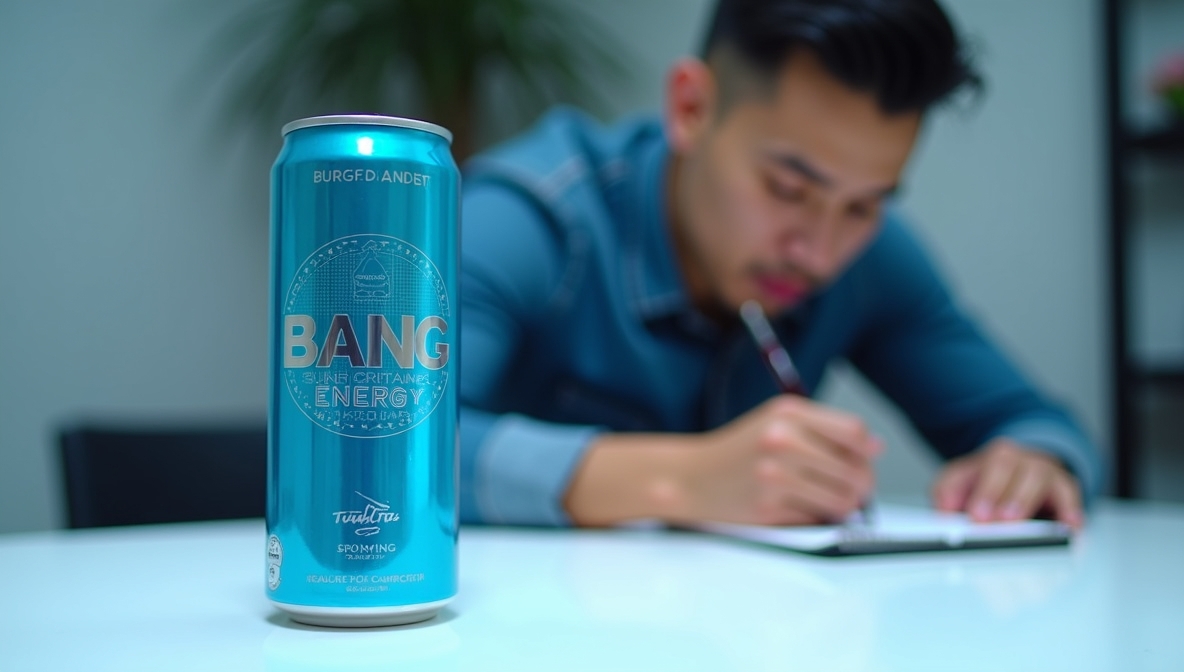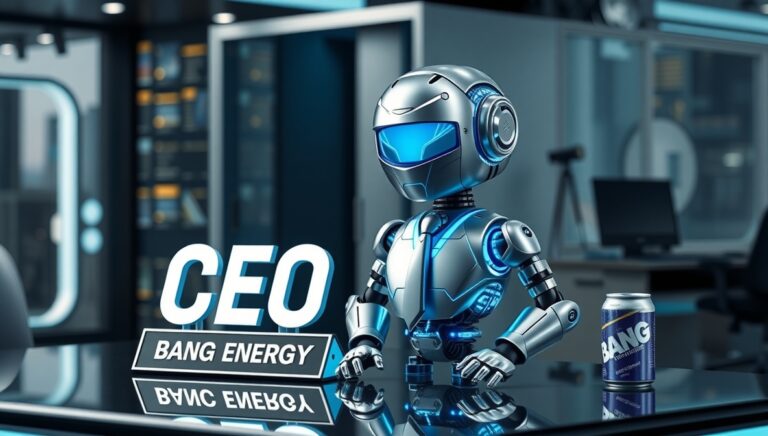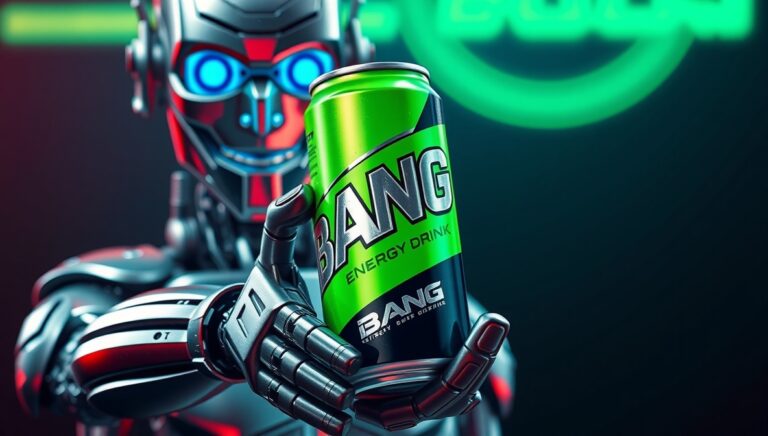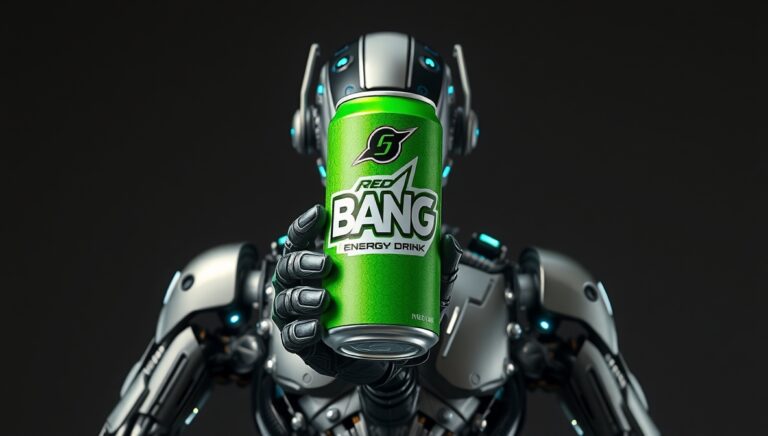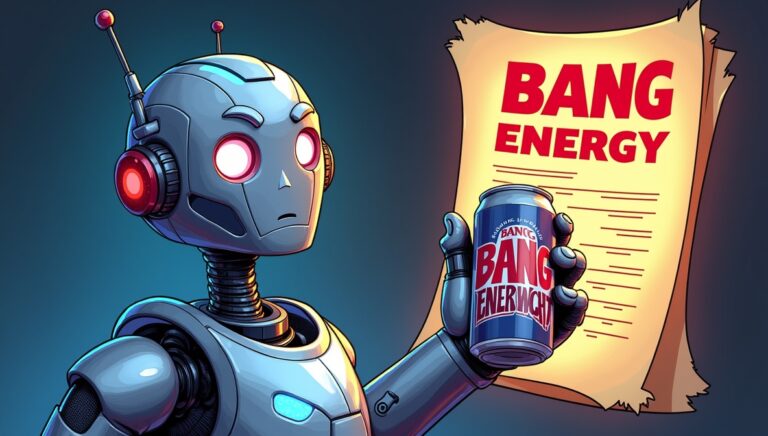How Much Caffeine Does Bang Energy Have – Full Facts
lntroduction
In the fast-paced rhythm of modern life, energy drinks have become a common companion for students, athletes, and professionals alike. How much caffeine does bang energy have is one of the most frequently asked questions among what happened to bang energy consumers seeking both alertness and performance without compromising health. With the growing popularity of these beverages, it’s vital to explore not just the caffeine content but also its broader impact on the human body, habits, and overall well-being.
Energy drinks promise to deliver an instant burst of vitality, helping people push through fatigue and maintain focus during long hours of work or training. Yet, beyond the sleek cans and bold flavors lies a complex mix of stimulants and nutrients designed to stimulate both body and mind. To truly understand their effect, we must look deeper into the science behind caffeine — the central ingredient that fuels both productivity and controversy.
The Rise of Energy Drinks in Modern Culture
The energy drink industry has witnessed exponential growth over the past two decades. From college campuses to corporate offices, the demand for quick energy solutions has skyrocketed. People seek ways to stay alert, focused, and motivated — and energy drinks provide that perceived shortcut.
How much caffeine does bang energy have is not merely a curiosity but an indicator of how the industry markets stimulation and performance. Consumers today are more aware and cautious about what they consume. Labels displaying caffeine content, sugar levels, and artificial ingredients have become critical in decision-making. Among the wide variety of brands, Bang Energy stands out due to its marketing around “clean energy” and its zero-sugar formula, appealing to those who want energy without guilt.
However, the question remains: does the caffeine in these drinks truly enhance energy, or does it simply create an illusion of vitality? To answer that, one must first understand the biological and chemical roles of caffeine itself.
Understanding Caffeine: The Science Behind Stimulation
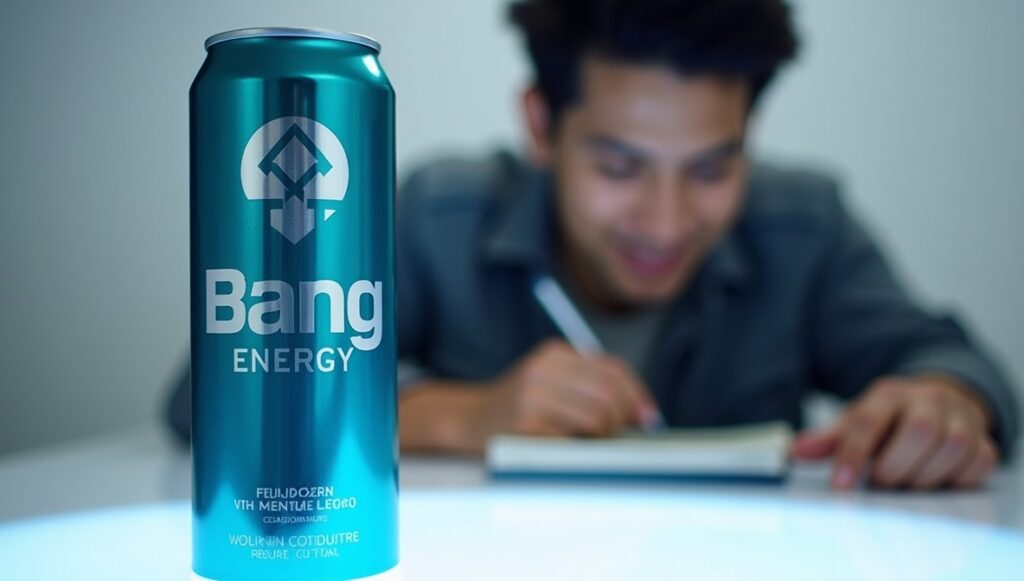
Caffeine is one of the most widely consumed psychoactive substances in the world. It works by blocking adenosine, a neurotransmitter that promotes relaxation and sleepiness. When adenosine is inhibited, the brain remains active, alert, and focused — leading to that familiar feeling of wakefulness.
How much caffeine does bang energy have becomes a critical question because caffeine’s effects depend heavily on dosage. In moderate amounts, it enhances mood, concentration, and physical endurance. In excess, however, it can cause jitters, anxiety, and sleep disturbances. The fine balance between stimulation and overstimulation defines whether caffeine acts as a performance booster or a stressor.
Understanding this balance helps explain why different people react uniquely to energy drinks. Genetics, tolerance, and lifestyle all play significant roles in determining how the body metabolizes caffeine and other stimulants.
Bang Energy: The Brand and Its Promise
Bang Energy was introduced as a “performance-enhancing” energy drink targeting fitness enthusiasts, gamers, and busy professionals. Marketed as sugar-free and enriched with amino acids, it claims to offer “clean energy” without the crash associated with sugary competitors.
At this point, many consumers still ask: how much caffeine does bang energy have, and how does it compare to other popular drinks? A standard 16-ounce can of Bang Energy typically contains around 300 milligrams of caffeine — nearly triple the amount found in a regular cup of coffee. For many, this is both impressive and concerning. Such a dose delivers powerful stimulation but may exceed the safe daily intake for some individuals.
This high concentration is part of Bang’s identity — an energy drink designed for maximum performance. But understanding what 300 milligrams truly means physiologically is key to making responsible choices.
Comparing Caffeine Levels Across Drinks
Caffeine levels vary drastically between beverages. A typical cup of brewed coffee contains between 80 to 120 milligrams of caffeine, while a can of cola averages only about 35 milligrams. Energy drinks like Monster or Red Bull usually provide around 160 milligrams per can.
In contrast, how much caffeine does bang energy have reveals its place at the top of the energy scale. With 300 milligrams per serving, it sits among the strongest commercially available options. This makes it appealing to those needing intense focus or endurance but potentially risky for those sensitive to caffeine.
The Food and Drug Administration (FDA) recommends that healthy adults consume no more than 400 milligrams of caffeine per day. This means one can of Bang Energy nearly reaches that limit, leaving little room for additional sources like coffee, tea, or chocolate throughout the day.
How the Body Reacts to High Caffeine Intake
Caffeine’s effects begin within minutes of consumption. The stimulant quickly enters the bloodstream, peaks within an hour, and can remain active for several hours afterward. While caffeine temporarily boosts energy and mood, excessive consumption can overstimulate the nervous system, leading to side effects such as restlessness, increased heart rate, and dehydration.
How much caffeine does bang energy have becomes significant when considering these physiological responses. For some, 300 milligrams may enhance performance, while for others, it may induce discomfort or insomnia. Over time, frequent high-dose caffeine intake can lead to tolerance, meaning the body requires more to achieve the same effect — creating a cycle of dependency.
Listening to the body’s signals is crucial. Caffeine is not inherently harmful, but like all stimulants, it demands respect and moderation.
The Role of Other Ingredients in Energy Drinks
While caffeine is the star ingredient, Bang Energy and similar drinks contain other compounds that influence performance and alertness. These include amino acids like L-citrulline and BCAAs (branched-chain amino acids), vitamins like B6 and B12, and electrolytes for hydration.
Yet, even with these beneficial additives, how much caffeine does bang energy have remains the dominant factor in determining its overall effect. Caffeine interacts with other ingredients, sometimes amplifying stimulation. This synergy can enhance performance but also increases the risk of overactivation, especially when multiple caffeinated sources are consumed together.
It’s important to view these drinks as supplements, not substitutes. While they can aid performance in short bursts, relying on them daily can lead to imbalances that affect sleep quality, hydration, and nutrition.
The Appeal of Caffeine in Fitness and Focus
Caffeine is one of the most researched performance-enhancing substances in the world. Studies show it improves endurance, strength output, and mental focus — making it a popular choice among athletes and students alike. Bang Energy capitalizes on this scientific backing, presenting caffeine as both a cognitive and physical booster.
However, how much caffeine does bang energy have also determines how safely these benefits can be harnessed. While moderate caffeine intake can sharpen reaction times and delay fatigue, excessive doses may impair coordination or cause anxiety. The key lies in personalization — understanding one’s tolerance and adjusting intake accordingly.
Pre-workout users, for example, may benefit from a can of Bang before intense training, but consuming it too late in the day can interfere with rest and recovery. Timing, therefore, plays as crucial a role as dosage.
Risks of Overconsumption and Caffeine Sensitivity
Every stimulant carries potential downsides when abused. The most common symptoms of excessive caffeine intake include palpitations, nervousness, and gastrointestinal discomfort. More serious risks involve dehydration and increased blood pressure, particularly in individuals with pre-existing conditions.
How much caffeine does bang energy have often exceeds what casual drinkers are accustomed to, which can intensify these effects. Those new to energy drinks or with low caffeine tolerance should approach Bang Energy cautiously — starting with smaller servings or avoiding additional caffeine sources that day.
Teens and young adults, who are among the most frequent consumers, are especially vulnerable since their bodies are still developing. Many health experts advise limiting or avoiding such high-caffeine beverages altogether in younger populations.
Energy Versus Rest: Understanding Balance
The irony of the modern energy crisis is that people often seek stimulation when what they truly need is rest. Caffeine provides temporary alertness but does not replace the body’s need for recovery.
How much caffeine does bang energy have becomes part of a larger conversation about balance. Using caffeine strategically — for example, before workouts, exams, or long drives — can be beneficial. But depending on it daily to combat chronic fatigue only masks underlying exhaustion. True energy stems from balanced nutrition, hydration, exercise, and sleep.
Learning to use caffeine as a tool rather than a crutch empowers individuals to maintain performance without compromising health.
Responsible Consumption and Smart Alternatives
For those who enjoy caffeine’s benefits but want to avoid overstimulation, moderation is key. Limiting intake to one can of Bang Energy per day, accompanied by plenty of water and balanced meals, can help reduce potential side effects.
How much caffeine does bang energy have serves as a reminder to stay informed and deliberate about consumption choices. Alternatives such as green tea, matcha, or smaller-caffeine energy drinks can offer gentle stimulation without the intensity of 300 milligrams. Additionally, regular exercise and mindfulness practices naturally enhance alertness and mood without external stimulants.
Understanding personal caffeine thresholds and adopting mindful habits ensures energy remains sustainable and healthy.
The Future of Energy and Focus
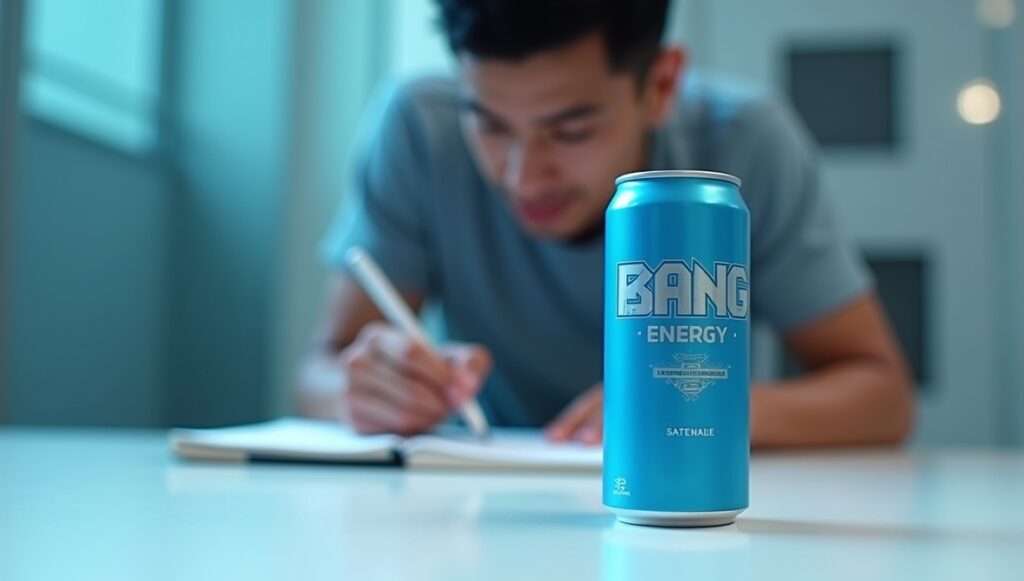
As consumer awareness grows, energy drink companies are under increasing pressure to prioritize transparency and health. Many are exploring plant-based caffeine sources, reduced dosages, and added adaptogens to create more balanced formulations.
Even so, how much caffeine does bang energy have will continue to spark debate among health experts, athletes, and casual consumers alike. The future may lie not in higher caffeine levels but in smarter combinations of ingredients that support holistic energy — mental clarity, physical endurance, and emotional stability.
The ultimate goal is sustainable performance — energy that empowers without exhausting, focus that sharpens without straining, and vitality that lasts without dependency.
Conclusion: Energy with Awareness
Energy drinks like Bang Energy can be valuable allies when used responsibly. They offer convenience, performance enhancement, and motivation when needed most. However, awareness of caffeine content, timing, and personal tolerance remains crucial.
How much caffeine does bang energy have is more than a factual query — it’s a question that symbolizes responsibility in modern consumption. Caffeine can fuel greatness or cause burnout, depending on how it’s used. The power lies not in the drink itself but in the wisdom of the drinker.
In a world obsessed with speed and productivity, the true secret to sustained energy may not come from a can, but from balance, mindfulness, and respect for the body’s natural rhythm.
